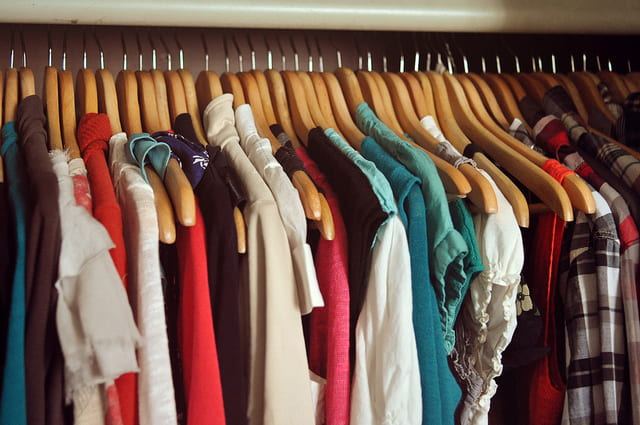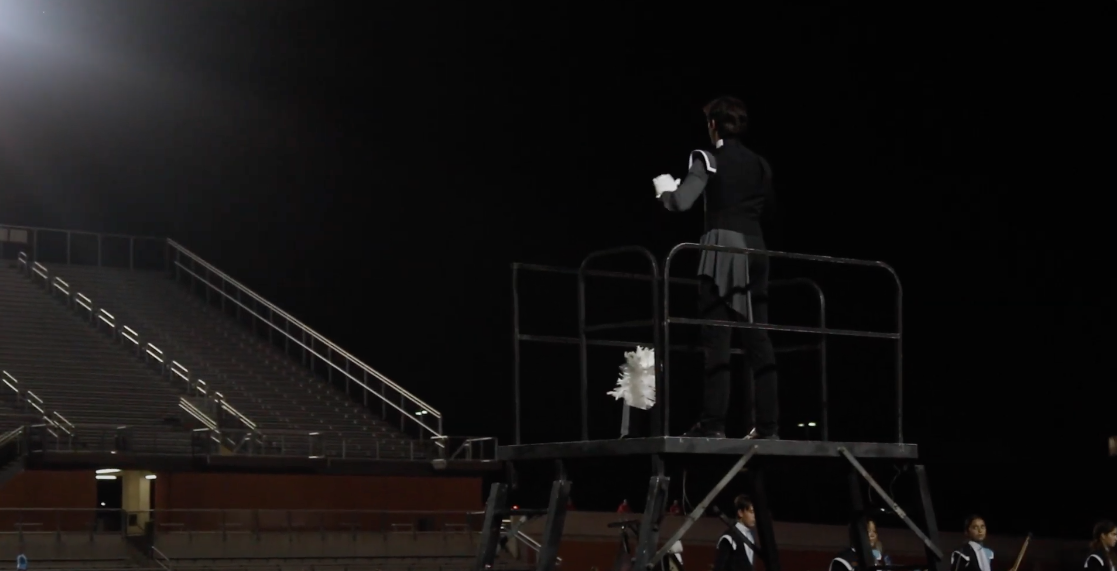By Molly Brodhacker | Staff Writer
The students of Johnson tend to display a fairly similar taste when it comes to fashion. However, teens from other countries are understandably inclined to differ. The trends in other countries significantly vary from the threads we see daily in the hall.
“The fashion in Mexico is two or three seasons behind Americas. Some things in Mexico are different though. It will be something chic [that] reminds you of the Mexican culture,” senior Vanessa Ochoa, hailing from Mexico City, Mexico, said.
Foreign students can feel confident that no matter what they are wearing, they’ll be dressed to make a statement.While Mexico has bright and culturally representative designs, some countries prefer styles that lack colors completely.
“[Hungarian style doesn’t] really use colors, just brown, gray, black, white. Some pink, but not the harsh pink, just little pink,” sophomore Sara Kecskes, a foreign exchange student from Hungary, said.
For students, the difference between the everyday fashions of multiple countries is definitely noticeable. Generally, you find more heels in other countries, whereas most wear sneakers here in the US.
“If you go to a big school in Mexico, like a college, students dress up way more there. All the women have their hair done, their nails done, and wear cute clothes. Maybe not a gown, but very fashionable clothes,” Ochoa said.
Americans are shown to be more casual and laid back in their attire, and other countries have taken notice. Americans generally prefer athletic, comfortable clothing, not bothering to fuss over their appearance. A contributing factor could be the significant student-athlete presence here in the states.
“In Hungary, girls dress very pretty. They wear high-heeled shoes, sometimes dresses, and tiny jeans [skinny jeans]. Here, people wear more training suits [athletic wear]; here they do a lot of sports. In Hungary, not so much,” Kecskes said.
While Americans may think of themselves as a frontrunner in fashion, many countries are ahead of America in terms of trends, fashion and haute couture.
“In Mexico I’ve been seeing lots of high-waisted denim; very tight though. Also, the loose long dresses just got here, and we have been wearing them in Mexico for a long long time,” Ochoa said.
In Mexico, long dresses are worn to stay cool. While the piece seems to have influenced our trends, it has yet to spread to other parts of the world. Such a dress as isn’t practical in cold Hungary.
“[We wear] lots of furs, like this vest, from animals. We just wear them with anything,” Kecskes said.
The most common clothing and accessory store for teenaged girls in America is Forever 21. It is a large store with a blend of vintage, contemporary and editorial fashions, all available at low prices.
“[Forever 21] is a great store, I can always find something cute in there,” Ochoa said
In European countries, H&M is the leader in affordable fashions, mixing everyday necessity pieces with fun and flirty items to create wearable works of art. There is currently one store in Texas (Dallas.) H&M is not available for online purchase.
“I can’t wait to make a trip up to see the new H&M. I’m going to go broke there,” senior Briana Clay, originally from California, said.
Another more reachable option is Zara, a popular European store in La Canterra.
“Zara has really cute clothes. It’s just a little pricey,” Clay said.
Fashion is fashion, and the differences that occur in every country are what make getting dressed in the morning interesting for everyone.
“I love the fashion here, and there. Clothes are clothes to me,” Ochoa said.





